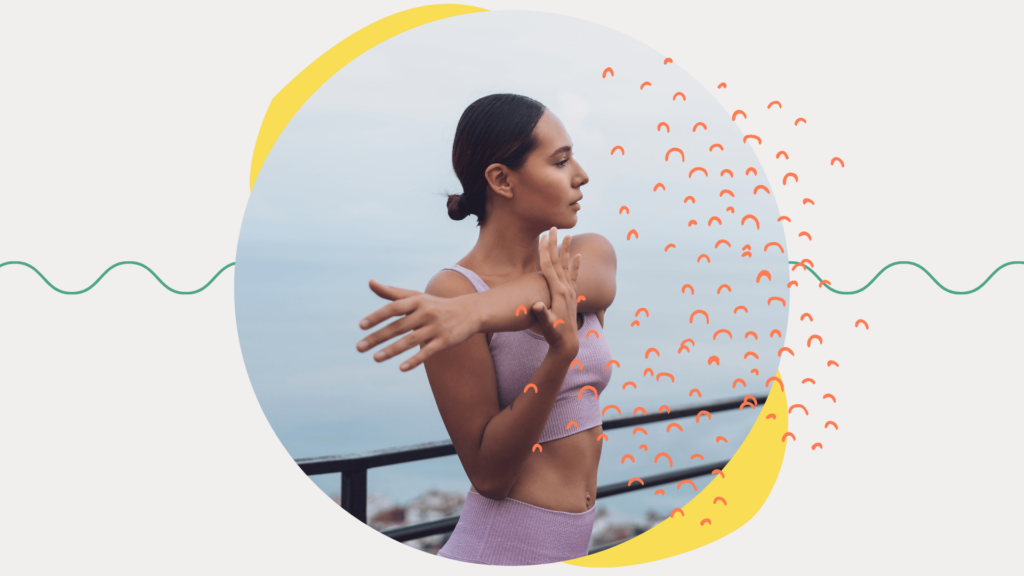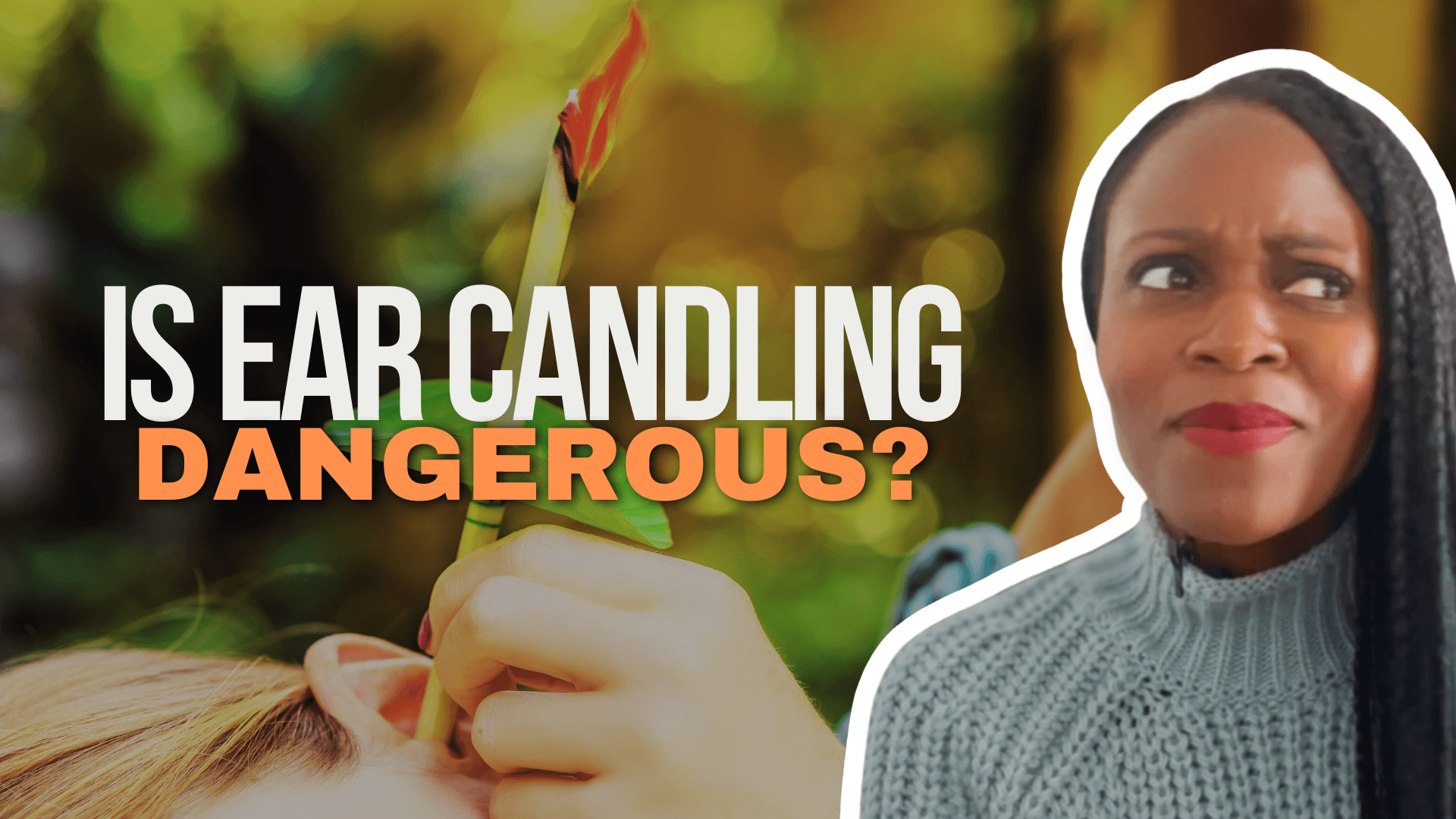- Mindfulness
Mindfulness vs. Mind Fullness

Our minds are full of thoughts, ideas, to-do lists, pressures, and worries. Our brain controls our thoughts and emotions, which control our behaviors. So why does mindfulness matter?
Because it’s connected to our overall well-being.
At a time when anxiety and depression rates continue to rise, the practice of mindfulness is more important than ever.
What is mindfulness in the first place?
Mindfulness isn’t about zoning out or emptying your mind. Instead, it’s about focusing on the here and now and allowing your mind to be present in the moment.
It’s about being intentional with what your mind is doing. This allows you to escape the spiral of anxiety, which improves mental health.
So, whether you’re trying to be intentional while doing stretches at your desk, on a walk, or even while doing art therapy, even a few minutes a day makes a difference.
Backed by research, the practice of mindfulness leads to better physical and mental health.
Here are three ways you can be more mindful in your daily life.
1. Exercise
You aren’t trying to break any personal records here. The goal is simply to move your body with the intention of stepping away from a to-do list.
If you can exercise outside, it’s even better! The fresh air and movement will help boost your mood and spirit.
Some of my best thinking happens during a long run. I can’t fold laundry or make dinner because I’m not physically in my home, so my mind is freer. I’m getting some steps in at a location that takes me out of the house and forces me to take in the scenery.
Whether I’m catching up on the latest true-crime podcast or jamming out to some Taylor Swift, this time is an escape that allows my mind to focus on bigger picture items beyond mindless chores.
2. Set Your Phone Down
Nothing allows you to be present more than actually being physically and mentally there.
I’ve tried to make a rule for myself that I will set my phone upside down on the kitchen counter once I start dinner with my family and not pick it up for casual scrolling or email checking until my kids are in bed.
I still answer texts during this time, but I’m not on social media or refreshing work emails. This period of time is no more than two hours of my day and sometimes the only two hours I get with both of my kids at the same time.
I want to be mentally present for their school-day recaps of art projects and silly recess games. I want to hear them sing in the bath and use their imaginations with their dinosaurs.
These interactions allow me to avoid anything negative on my screen and fill up my cup with real-time family memories.
I can bet you won’t just be improving your own mental health with this guideline – you’ll also be helping your family’s mental health and well-being too.
3. Do Art
Adult coloring books got popular a handful of years ago. If you’ve never tried one, I encourage you to pick up a pack of crayons and allow yourself some time to fill in the elements on one of these pages.
If you don’t have a coloring book, just google “Coloring Books for Adults” and you’ll see various options and even free downloadable PDFs.
Art allows the brain to focus on what’s in front of us. By being creative, we’re not emptying the brain but rather changing its responses. We’re slowing down, we’re being present in the moment, and we’re relaxing into the project.
Ultimately, we’re lowing our stress and increasing our satisfaction.
Final thoughts
These options only begin to scratch the surface of how to be more intentional with your time – and, therefore, how to be more mindful of what’s filling your brain.
While you can’t control every thought, these exercises will begin to train your brain to avoid anxiety, stress, and negativity and choose mindfulness instead.



